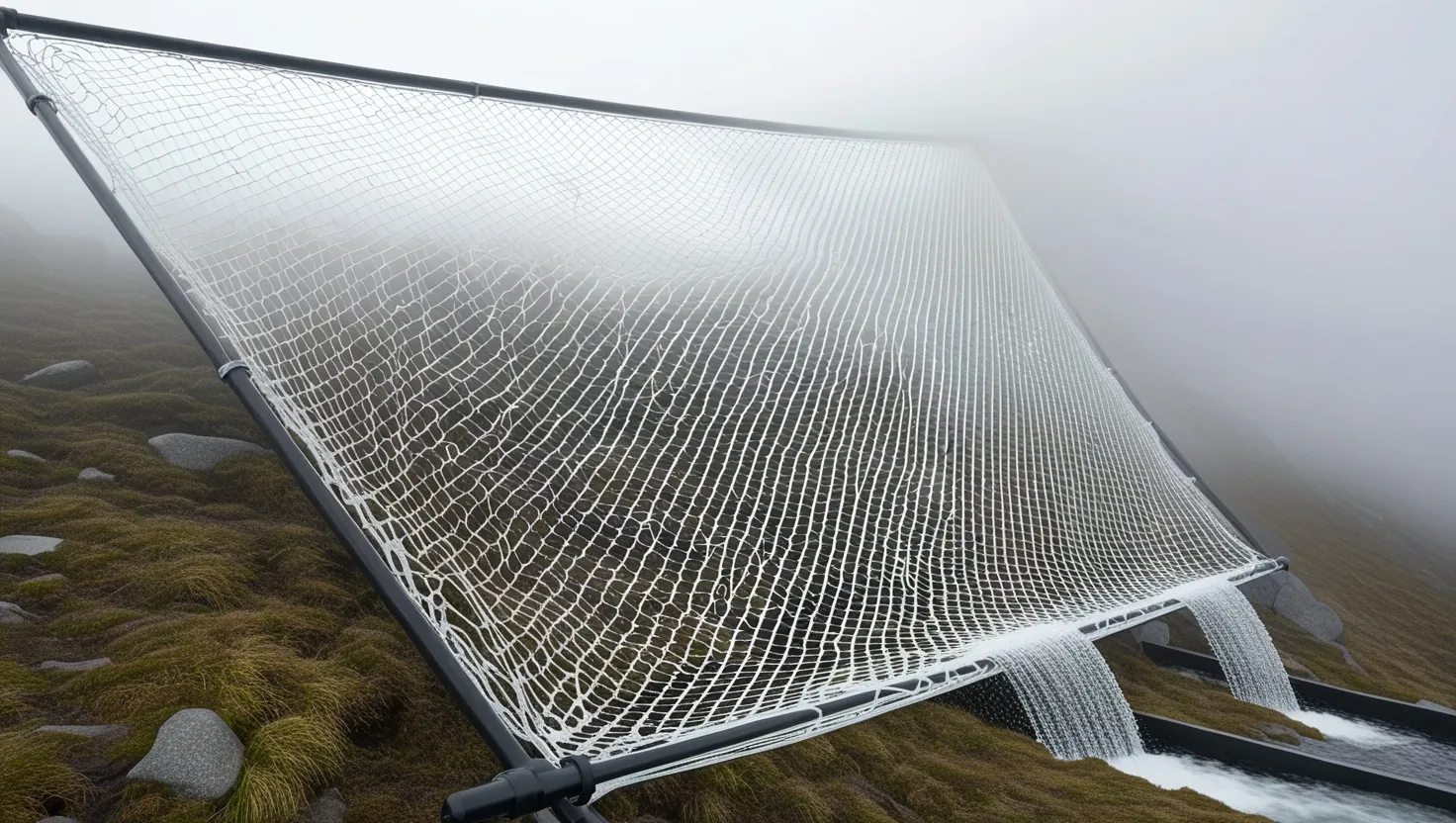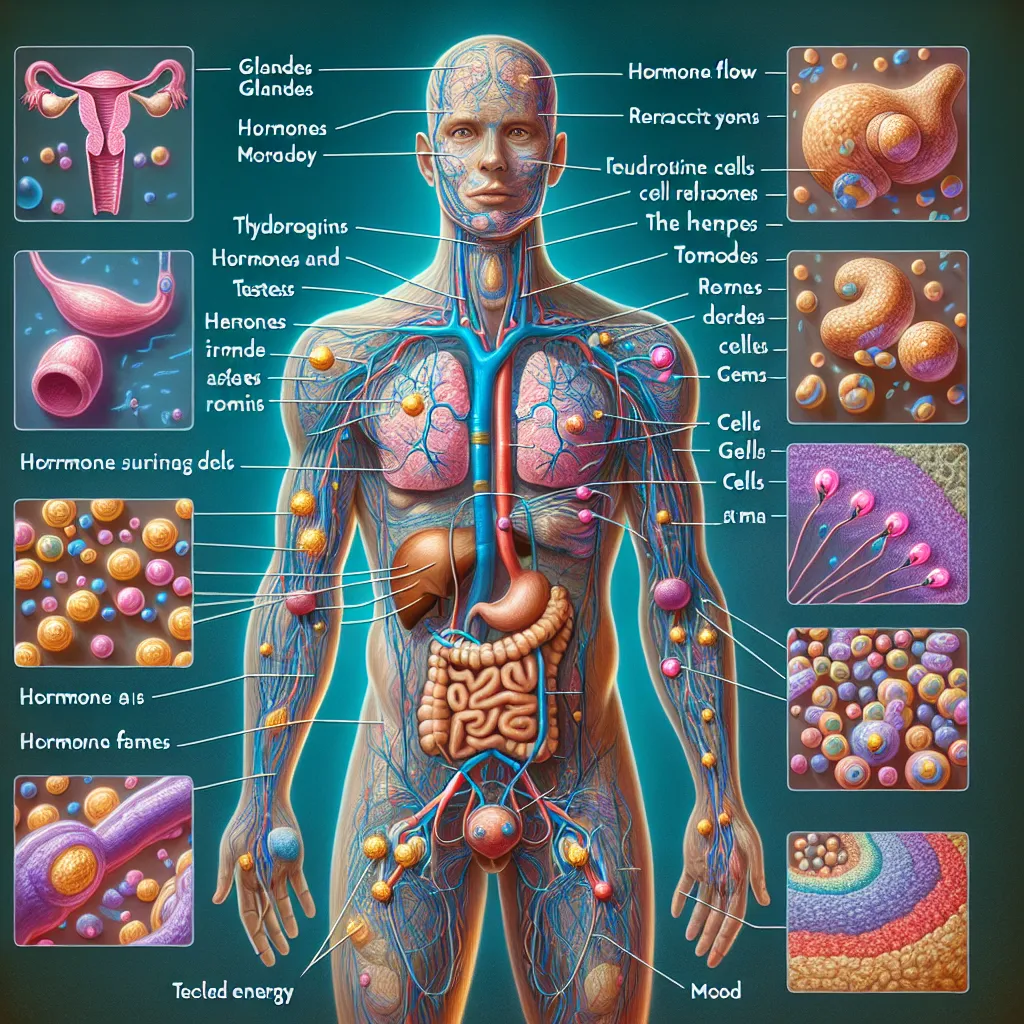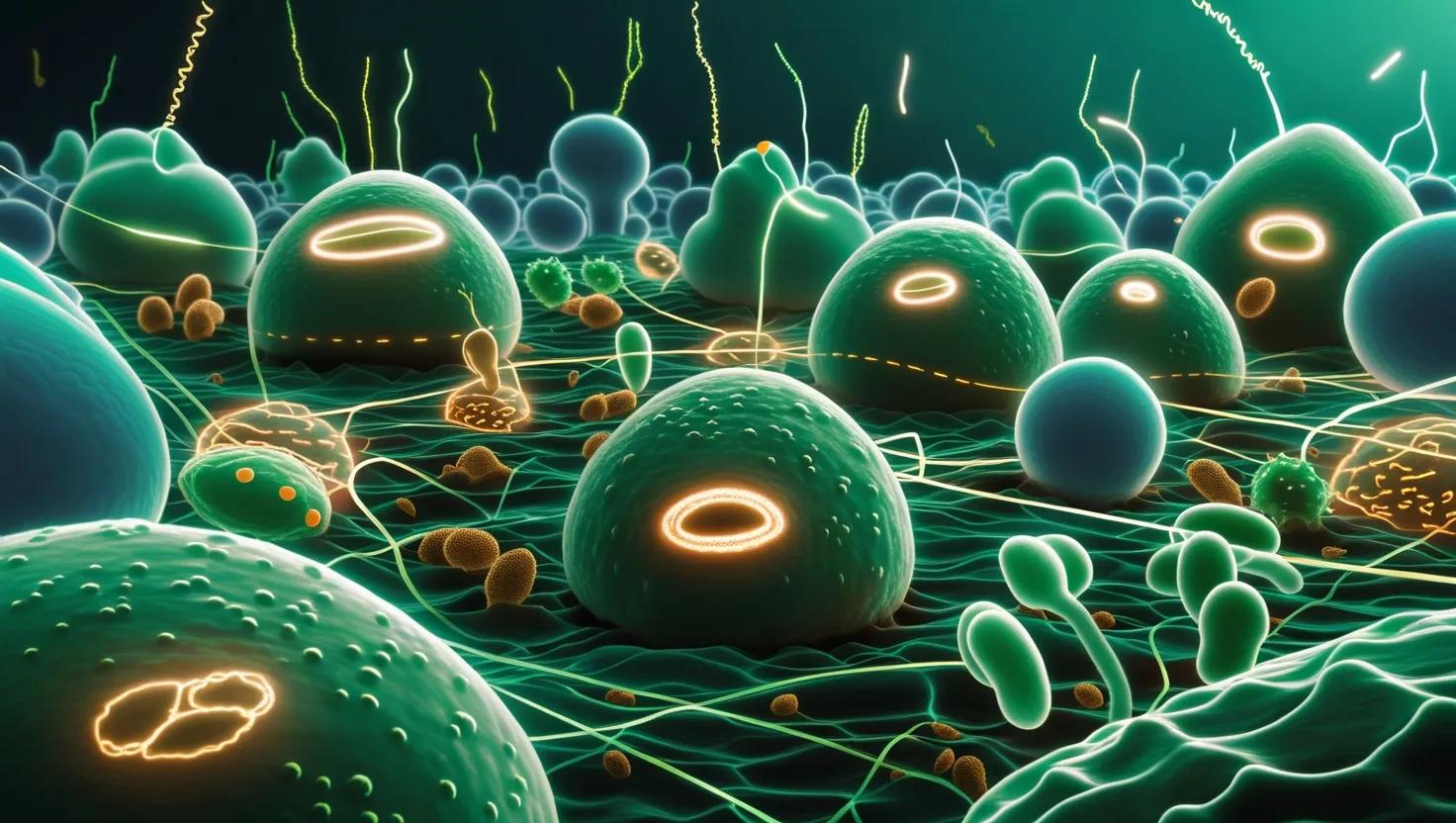In the arid landscapes of our planet, where the sun beats down relentlessly and rain is a rare visitor, a innovative technique has emerged to quench the thirst of communities: fog harvesting. This method, though simple in concept, is a beacon of hope for regions where traditional water sources are scarce.
The Science Behind Fog Harvesting
Fog harvesting involves using large pieces of vertical mesh netting to capture water droplets from fog. These mesh nets, often referred to as “fog fences” or “fog collectors,” are strategically placed in areas where fog is a frequent occurrence, such as coastal and mountainous regions. The mesh is typically made from materials like nylon, polyethylene, or polypropylene, which can be produced to various densities to optimize water collection.
When fog sweeps through these mesh nets, the water droplets condense on the mesh fibers. As the droplets grow in size, they eventually drip down into a gutter or trough placed at the bottom of the net. From there, the collected water is channeled into storage tanks or cisterns. This process relies on natural forces like wind and temperature fluctuations, making it an energy-free solution.
Optimal Locations and Setup
The effectiveness of fog harvesting is highly dependent on the location and setup of the mesh nets. Ideal locations are high-altitude areas with frequent fog, such as the Atacama Desert in Chile or the Anti-Atlas Mountains in Morocco. Here, the fog is dense and persistent, allowing for significant water collection.
The mesh nets are usually positioned perpendicular to the prevailing wind direction to maximize the capture of fog droplets. The size and spacing of the meshes can vary; for instance, smaller meshes might be used in areas with lighter fog, while larger ones are more suitable for regions with thicker fog. In some projects, multiple mesh panels are arranged together to increase the water catchment area and provide stability against strong winds.
Efficiency and Maintenance
The efficiency of fog collectors can vary widely, depending on factors such as the material of the mesh, the size of the holes, and the wind speed. For example, narrower mesh fibers and higher wind speeds can significantly improve water collection rates. Some advanced mesh materials are coated with chemicals that enhance condensation by making the fibers hydrophilic (water-attracting) and hydrophobic (water-repelling), allowing for more efficient droplet formation.
Maintenance of these systems is relatively low-key. Occasional brushing of the nets to remove dust, algae, and bacteria is necessary to ensure maximum efficiency and maintain water quality. This simplicity makes fog harvesting a viable option for communities in underdeveloped areas where access to complex technology is limited.
Impact on Local Ecosystems
Fog harvesting not only provides a reliable source of clean drinking water but also has a positive impact on local ecosystems. In arid regions, the availability of water from fog collectors can support irrigation for crops and provide water for livestock, thereby enhancing agricultural productivity and food security.
Moreover, the water collected from fog is often safer to drink than groundwater, which can be contaminated with various pollutants. This reduces the risk of waterborne diseases, improving public health in these communities. The low-tech nature of fog harvesting also means that it does not disrupt the natural environment significantly, making it a sustainable solution.
Real-World Applications
Several projects around the world illustrate the potential of fog harvesting. In Bolivia, for instance, the Munich Re Foundation has supported the installation of fog nets in the Valles Crucenos region, where rain is scarce for most of the year. These fog nets have become a lifeline for the local population, providing clean drinking water and supporting agricultural activities.
In Morocco, a large-scale fog collector facility was set up on Mount Boutmezguida, supplying clean drinking water to 14 villages in the semi-arid Aït Baamrane region. This project has significantly improved the quality of life for the residents, who previously had to rely on distant and unreliable water sources.
Addressing Water Scarcity
As the world grapples with the challenges of climate change, water scarcity is becoming an increasingly pressing issue. Fog harvesting offers a unique solution to this problem, especially in regions where traditional water sources are dwindling.
Unlike other water collection methods, fog harvesting does not require significant infrastructure or energy input. It is a low-cost, low-maintenance solution that can be implemented in some of the most water-scarce areas of the world. This makes it an attractive option for communities and organizations looking to address water scarcity in a sustainable and cost-effective manner.
Community Engagement and Sustainability
The success of fog harvesting projects often hinges on community engagement and local participation. Training local communities in the setup, maintenance, and repair of fog collectors ensures that these systems remain functional over the long term.
In many cases, the materials used for fog collectors can be sourced locally, which not only reduces costs but also empowers local communities to take ownership of their water supply. This approach fosters sustainability and resilience, as communities are better equipped to adapt to changing environmental conditions.
Future Prospects
As technology continues to evolve, the efficiency and effectiveness of fog harvesting are likely to improve. Research into new materials and designs, such as 3D mesh structures and advanced chemical coatings, is ongoing. These innovations could further enhance the water collection rates and durability of fog collectors.
Moreover, the integration of fog harvesting with other water collection methods, such as rainwater harvesting and groundwater management, could provide a comprehensive solution to water scarcity. This holistic approach would ensure that communities have a reliable and sustainable water supply, even in the face of climate variability.
In conclusion, fog harvesting is more than just a clever technique for collecting water; it is a lifeline for communities in arid regions. By leveraging the natural phenomenon of fog, these systems provide clean drinking water, support local ecosystems, and offer a sustainable alternative to traditional water sources. As the world continues to grapple with the challenges of water scarcity, fog harvesting stands out as a beacon of hope and innovation.






